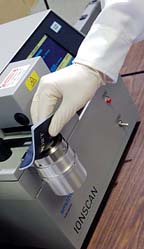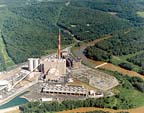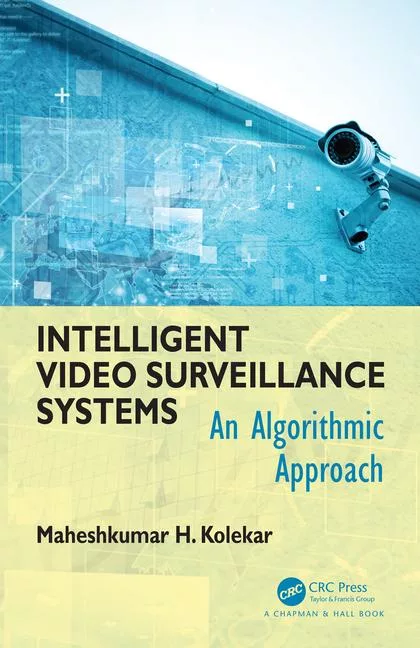Explosives Detection Moves Ahead

Equipment already exists in which the device analyzes items such as checked or carry-on luggage, portable electronic devices or packages. In a few seconds, the device can determine the presence of traces of explosive substances. If a contraband substance is detected, the specific name of it is identified on the unit’s display.

Metal and bomb detection systems, typically seen at airports, are now pulling duty at many infrastructure facilities.

And speaking of electricity, security and life safety executives are sensitive these days to the operation and safety of electrical equipment and systems, especially after the tragedy of Hurricane Katrina. The folks at Square D (Schneider Electric North American Operating Division, Palatine, Ill.) recently gave me some good advice in this area. The company has more details at www.us.squared.com.
Among key elements:
Do not plug a portable generator into an outlet or patch it into electrical wiring or connect it directly to a main electrical panel. Doing so could cause fires or cause power to flow into an electrical line.
Use a dry or non-conductive tool to reset breakers and use only one hand.
Turn off office lights and systems when power goes out. This helps avoid fire hazards as well as sudden demands on the electric system.
And for your employees and security officers, tell them that, if a power line falls on their vehicle, assume the line is energized and remain inside the vehicle, blowing your horn for help. If the person is forced to leave his or her car, tell them to jump as far away from the vehicle as they can, landing with both feet together.
Looking for a reprint of this article?
From high-res PDFs to custom plaques, order your copy today!





